Once you’ve been able to prepare your figures by removing flash and mold lines, it’s time to apply primer. It’s important to remember that acrylic paint doesn’t adhere very well to bare metal, plastic, or resin. If you’re going to devote time and energy to carefully painting your little miniature wonders you want to make sure that paint job is going to last a good long time.
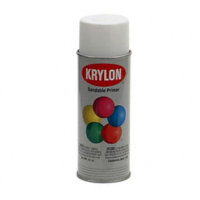
Priming a figure serves two main purposes: It allows paint to adhere to the miniature and it provides an undertone for colors to be applied. Without primer, acrylic paint can (and will) flake, rub, or chip off quite easily. You might think that priming a figure should be easy enough; just spray the primer all over the mini and you’ll be good to go. That’s simply not the case.
Before I discuss the techniques of priming your figures, let’s talk about preparations.
Head to your nearest hardware store and, if painting metal figures, pick up automotive primer. If you’re dealing with plastic or resin minis I suggest plastic primer. There are differences between the two types of primer that aren’t important to get into but you’ll achieve better results by only using auto primer with metal. Brand name probably isn’t important – Krylon makes both types of primers and they work quite well – but you want to stay away from the cheap, dollar, WalMart primer.
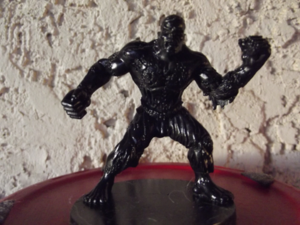
Keep in mind that color selection is important as well. Not only is the primer a base for your acrylic paint to adhere to but it is also the base coat color. If you use a dark color, such as black, your figure will have a muted darker look while a light color, white for an example, your figure will have a vibrant look. Depending on the theme of the miniature you might want to have a darker appearance or a much lighter one. You’ll find many people recommend using grey primer for all your figures as it is a compromise. I have to disagree and actually never use grey.
It’s important to learn various techniques to heighten your painting skills. The process of priming is one of them. As a beginner you might want to consider always using white primer simply because it always allows you the ability to paint light bright colors that pop. This is something you’ll be hard pressed to do if you’re using black or grey as your base. If you need darker colors here’s a simple fact: Light color pigments in paint are much less opaque than darker ones. Darker paints cover white primer far easier, with fewer coats, than painting light colors over a darker primer. As we move into more advanced techniques, later in the series, I’ll focus on what’s known as blackwashing which is used by many accomplished figure painters.
Once you have your primer selected you’ll want to set up for spraying. Always select a location that is well ventilated – getting a lungful of primer is not a healthy proposition – yet avoid breezy areas as well because you don’t want primer all over the place. I
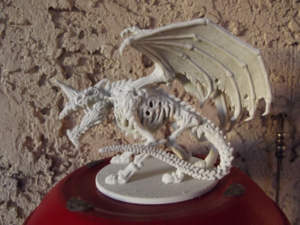
recommend creating a spray box. Simply find a cardboard box about the size of a microwave and cut off one of its long sides. Save the piece of cut cardboard because you’ll want to use that to place your miniatures on. This makes it easy to spray one side of your figures and then turn them around to spray the other side. The box also traps overspray which keeps the rest of the area free from primer. Try to choose a location where the temperature is close to that of room temperature. Cold weather creates problems with primer spraying thick and uneven. Colder temperatures will also increase the time it will take for the primer to cure.
When applying your primer an important rule to keep in mind is, “Less is more!” The more primer you apply to a miniature, the more fine details you’ll obscure with primer. Cheap primer also tends to be thin and fills into the folds and sharp edges. You certainly don’t want to lose all that fine detail the sculptors over at Reaper or Privateer worked hard to provide!
Always spray primer in very thin coats. This helps to keep those sharp details intact as well as maintain the rough feel that primer should have – one of the properties that assist paint to adhere to the primer of course. You’ll know that you’ve applied too much primer if the surfaces of the mini have a slick appearance. If you’re planning on using washes in your painting (and I assume you will) too much primer will also cause unsightly wash rings once dried as the thinned paint will slide in odd ways.
Now that you have your miniatures prepared by prepping them and priming we’ll look at the tools of the trade in the next post.





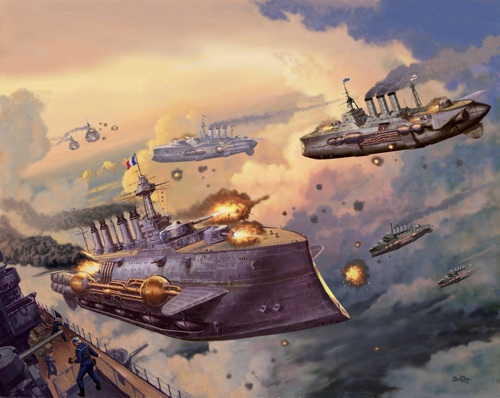
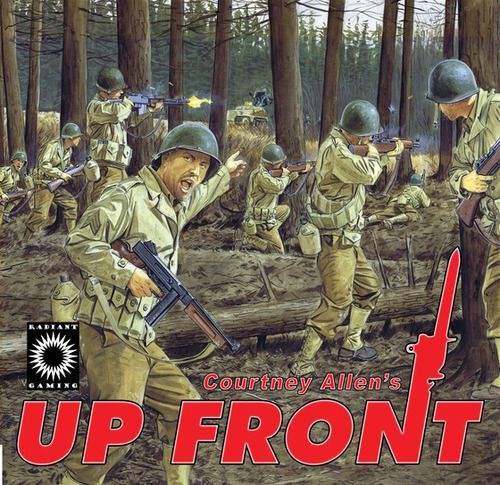












Part three is actually coming this weekend! I’ve been spacing these out about a month apart. Plus our Origins trip pushed the followup a little. I’m waiting on some paints from Reaper Miniatures to arrive so I can see if I would recommend them. The next part is on paints and brushes and then part four will actually tackle the basics of painting. I have some awesome figs from Privateer Press and Reaper that will be featured in the articles from that point on!
Where’s part 3?
Okay cool, thanks! I can’t actually start until I have all the parts!